Article: Understanding Hypertrophic Cardiomyopathy (HCM) in Cats: What Every Cat Parent Should Know
Understanding Hypertrophic Cardiomyopathy (HCM) in Cats: What Every Cat Parent Should Know
At Travel Cat, our mission has always been simple: to help you and your feline companion live happier, healthier lives together. We love following along on our “catstomer” journeys and seeing your adventures unfold.
Recently, two beloved members of our community lost their cats suddenly and shockingly to hypertrophic cardiomyopathy (HCM). In honor of them — and to help raise awareness for all cat parents — we have created this article.
Here’s to Marisol & Wasabi 🐾 — your spirit stays with us, and we hope this knowledge helps other kitties have more affectionate purrs, playful leaps, and peaceful cuddles.
This article is provided for general educational purposes only and is not a substitute for professional veterinary advice. Always consult your licensed veterinarian regarding your cat’s health, diagnosis, or treatment.

What is HCM in cats?
Feline hypertrophic cardiomyopathy (HCM) is the most common form of heart disease diagnosed in cats. In this condition, the muscle wall of the heart — particularly the left ventricle — becomes abnormally thickened (hypertrophied). This thickening reduces the internal volume of the chamber and impairs the heart’s ability to relax and fill properly.
Because of the wall thickening and reduced chamber compliance, the heart may struggle to pump efficiently, blood flow may become obstructed, and secondary complications (such as blood clots, arrhythmias, or congestive heart failure) may develop.
Some key facts:
- The disease is common — in some studies up to ~14% of domestic cats screened showed signs of HCM. :contentReference[oaicite:0]{index=0}
- Many cats with HCM appear perfectly healthy for long periods (“subclinical” phase) before complications arise. :contentReference[oaicite:1]{index=1}
- The course of the disease varies widely: some cats remain stable for years, others develop serious complications in a short time. :contentReference[oaicite:2]{index=2}
Which cats are most at risk?
While any cat — including mixed breeds — can develop HCM, certain breeds, ages and other factors increase susceptibility.
Breeds & genetics
Evidence shows a strong genetic component in many cases. Breeds at higher risk include (but are not limited to):
- Maine Coon
- Ragdoll
- British Shorthair
- Sphynx
- Bengal
- Chartreux
- Norwegian Forest Cat
- Persian
For example, in Maine Coons a particular mutation in the MYBPC3 gene has been identified; in Ragdolls another variant R820W has been found. :contentReference[oaicite:3]{index=3}
Other risk factors
- Age: Although HCM can appear in younger cats, many diagnoses are in middle-aged or older cats.
- Sex: Some studies suggest male cats may develop more severe disease. :contentReference[oaicite:4]{index=4}
- Secondary causes: Some conditions can mimic or contribute to thickened heart muscle — for example, systemic hypertension, hyperthyroidism or endocrine disorders. It’s essential that your vet or cardiologist rule these out.
Bottom line: Even if your cat isn’t a purebred “high risk” type, it’s worthwhile to stay informed. The greatest impact comes from awareness and screening rather than relying solely on breed risk.
How does HCM present? Signs & what to watch for
Because many cats with HCM remain in a silent phase (no obvious symptoms) for a long time, vigilance is key. :contentReference[oaicite:6]{index=6} Below are what to watch for:
Possible signs:
- A heart murmur or an abnormal rhythm picked up at a routine exam (often the first clue).
- Lethargy, reduced exercise tolerance — your cat doesn’t play as much or tires easily.
- Rapid or difficult breathing (tachypnea or dyspnea), open-mouth breathing, or sudden respiratory distress — may indicate fluid build-up (congestive heart failure).
- Sudden weakness or paralysis of the hind limbs — typically due to an arterial thromboembolism (ATE). The affected paw pads may feel cold, appear blue or pale, and the cat may vocalize in pain.
- Pale or bluish gums or nail beds (poor perfusion).
- Fainting or collapse (less common) — or even sudden death (especially if arrhythmias develop).
Important nuance: The disease often becomes evident *when* complications occur (heart failure, clot formation, arrhythmia) rather than from the thickening itself. That means you won’t always “see” anything until a serious event.
Diagnosis & What Your Veterinarian May Recommend
Diagnosis is typically done by a veterinary cardiologist (or a vet with the right equipment/experience). Key components of assessment include:
- Physical exam: Listening for murmurs, checking heart rhythms, limb perfusion, pulses.
- Blood work and thyroid panel: To help rule out secondary causes such as hyperthyroidism.
- Blood pressure measurement: Systemic hypertension can lead to or mimic HCM changes.
- Electrocardiogram (ECG): To pick up arrhythmias.
- Thoracic radiographs (X-rays): To assess heart size, lung fluid, pleural effusion.
- Echocardiography (cardiac ultrasound): The gold standard. It allows measurement of ventricular wall thickness, chamber size, valve function, and left atrial enlargement.
- Biomarkers or advanced imaging: In some cases, cardiac biomarkers or advanced imaging may be used to identify early or subclinical disease.
Your vet or cardiologist may also discuss:
- For higher-risk breeds: periodic screening (especially from age 2–3 years in some breeds).
- If HCM is detected but still subclinical (no outward symptoms): options include monitoring frequency, lifestyle adjustments, and possibly medications.
- If complications are present (e.g., clot, heart failure): more aggressive therapy will be required.
What Can Be Done? Management, Monitoring & Hope
While many cases of HCM cannot be “cured” at this time, with proper veterinary care many cats can live comfortable and meaningful lives.
Current management strategies:
- Medications to manage heart rate, control rhythm, reduce heart workload, and prevent blood-clot formation.
- If fluid builds up (congestive heart failure): diuretics and supportive therapies.
- Lifestyle adjustments: reducing stress, ensuring easy access to food, water, litter box, comfortable resting spots — so the cat doesn’t have to exert too much.
- Regular monitoring: repeated echocardiograms, periodic blood pressure checks, biomarker tests when recommended — to catch changes in the disease course early.
- For breeding cats in high-risk breeds: genetic screening (where available) and responsible breeding practices.
Emerging research & future hope:
There is exciting progress underway:
- A recent clinical trial of a delayed-release form of Rapamycin (sirolimus) in cats with subclinical HCM showed it may halt or reverse left ventricular hypertrophy.
- The HALT HCM Study is a blinded, placebo-controlled field study designed to evaluate a disease-modifying drug intervention in subclinical HCM cats.
What this means for you and your cat:
- If your cat is from a higher-risk breed (or you simply want to be proactive): talk with your veterinarian about periodic screening (especially from age 2–3 years if applicable).
- Watch out for the signs listed above — especially any sudden changes: breathing trouble, hind-limb weakness/paralysis, lethargy, unusual behaviors.
- Keep your cat’s environment calm, comfortable, and low-stress. If heart disease is diagnosed, ensure easy access to resources so the cat isn’t pushed into exertion.
- If diagnosed, follow the treatment plan carefully: many cats live for months to years — and earlier detection generally corresponds with a better prognosis. For example: the large REVEAL Study (involving over 1,000 cats with HCM) found that approximately 30% developed serious complications (congestive heart failure or arterial thromboembolism) over a decade. Cats that developed complications had significantly shorter survival times than those who did not.
Bottom Line
HCM is a common and serious heart condition in cats — but it is not always a death sentence. The most powerful things you can do as a cat parent are: stay informed, ask your veterinarian the right questions, watch for changes in your cat’s behavior or health, and keep up with recommended screening and monitoring.
Even for cats that travel, wear harnesses, carry backpacks or explore outdoors — being active doesn’t mean they are immune to hidden heart disease. An annual check-up and conversation about cardiac screening is a wise investment in your cat’s future.
By sharing this information, you’re helping fellow cat parents become more aware — and that awareness could truly save lives.
Need veterinary advice on the go?
If you’re ever unsure about changes in your cat’s breathing, energy level or mobility, our Travel Cat TeleVet service gives you direct, on-demand access to licensed veterinarians—24/7—from your phone, tablet or computer.
Whether you’re at home or traveling, this service is a valuable supplement to your regular vet visits: it can help you decide whether a symptom needs immediate in-person care or can be monitored. If you’d like, you can learn more and join today.
References
- de Sousa F G, Mendes A C R, Carvalho L P d., Beier S L. “Clinical-Diagnostic and Therapeutic Advances in Feline Hypertrophic Cardiomyopathy.” Vet Sci. 2025;12(3):289. doi:10.3390/vetsci12030289
- Kaplan JL, Rivas VN, Walker AL, et al. “Delayed-release rapamycin halts progression of left ventricular hypertrophy in subclinical feline hypertrophic cardiomyopathy: results of the RAPACAT trial.” J Am Vet Med Assoc. 2023;261(11):1628-1637. doi:10.2460/javma.23.04.0187
- Bautista-Alejandre A. “First drug shown to reverse feline HCM expected to receive FDA conditional approval.” DVM360. Feb 25 2025.
- Jiwaganont P, Roytrakul S, Thaisakun S, Sukumolanan P, Petchdee S. “Investigation of coagulation and proteomics profiles in symptomatic feline hypertrophic cardiomyopathy and healthy control cats.” BMC Vet Res. 2024;20:292. doi:10.1186/s12917-024-04170-0
- Kittleson MD. “Treatment of feline hypertrophic cardiomyopathy — Lost Dreams.” WSAVA Congress Proceedings. 2014. (via VIN)
SHOP CUSTOMER FAVORITES
MORE CAT TRAVEL RESOURCES & FUN
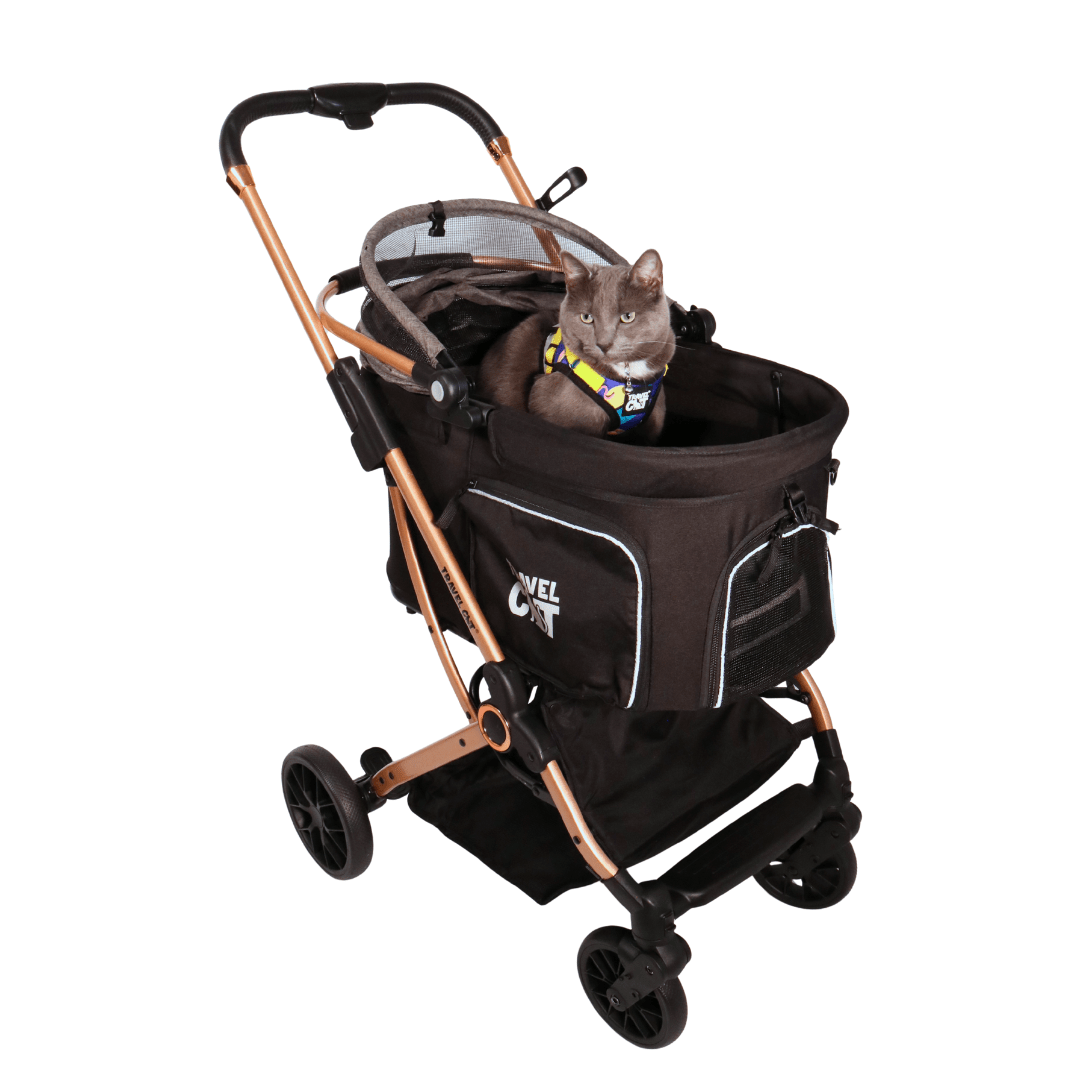
How to Get Your Cat to Love the Stroller
(Without bribes, begging, or betrayal) Let’s face it — cats aren’t known for embracing change. New toys? Suspicious. Rearranged furniture? Offensive. So when it comes to something as bold as a cat ...
Read more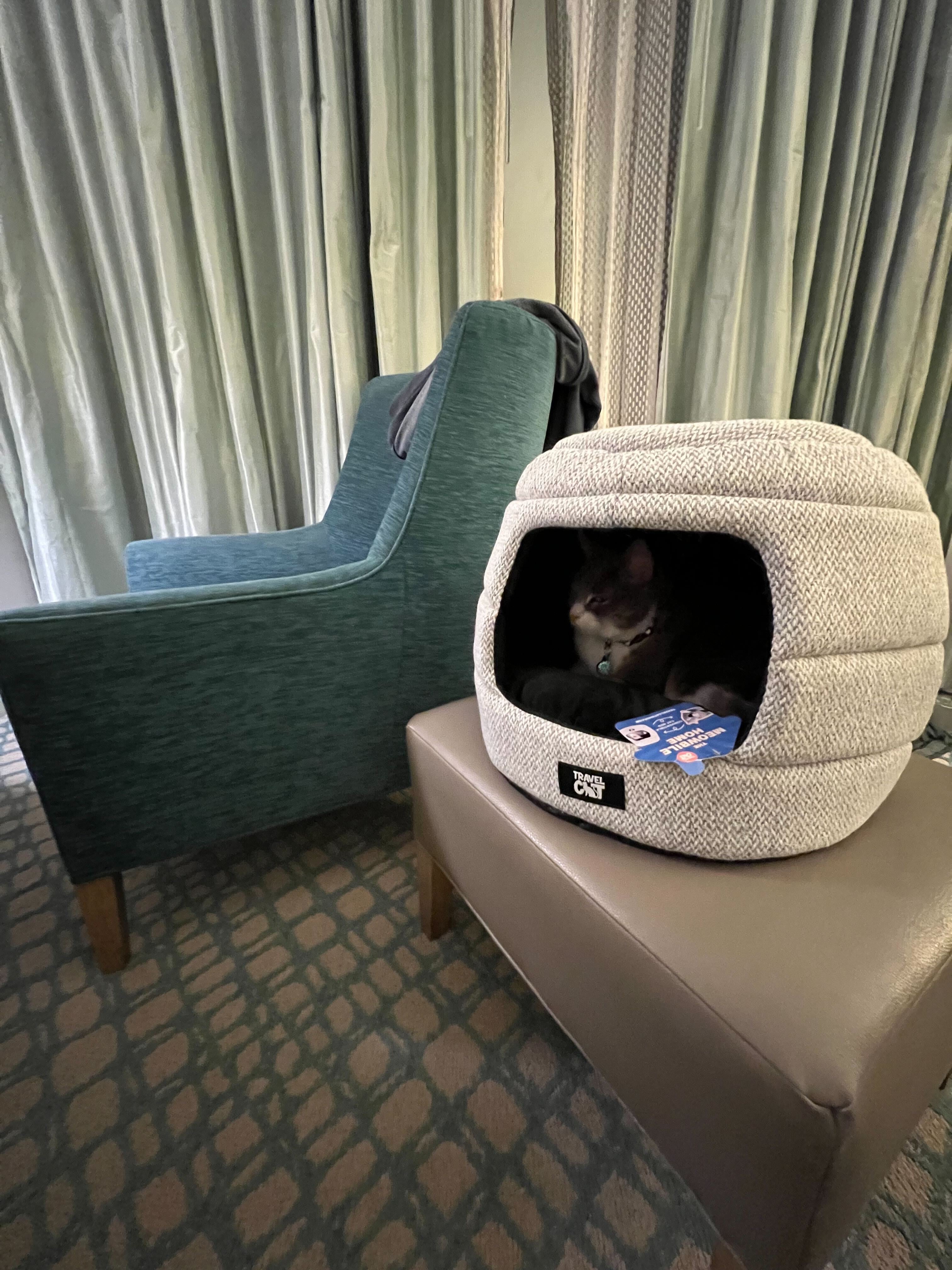
The Ultimate List of Cat-Friendly Hotels in the U.S. - More Than Just Pet-Friendly
Discover the best U.S. hotels that truly welcome cats. From big chains to campsites, this is the ultimate cat-friendly stay guide.
Read more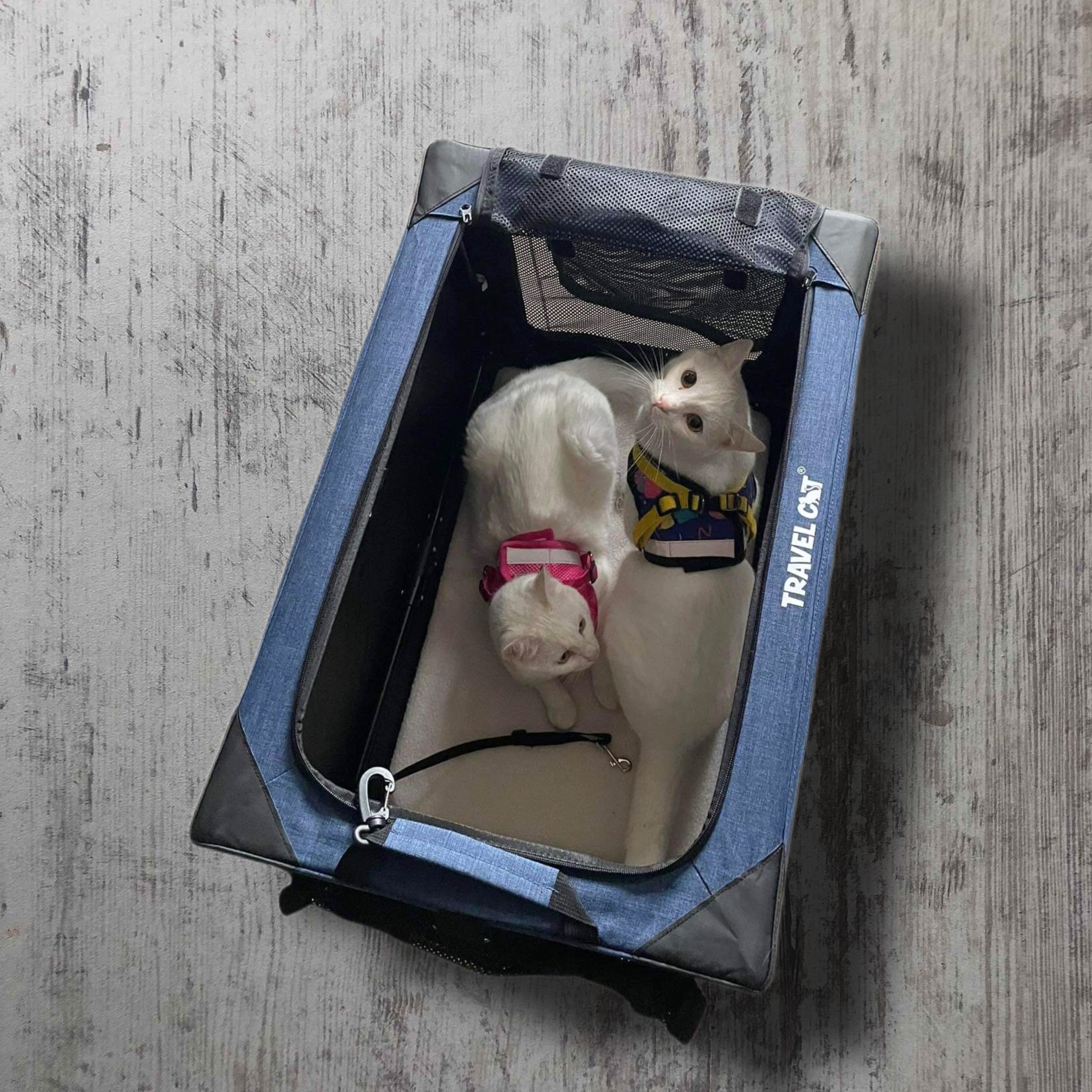
Your Purrfect Guide to Holiday Travel with a Cat: How to Take Your Pet with You Stress-Free
Whether you’re heading home or to a far off vacation, bringing your kitty along can be a challenge. But don’t worry—we’ve put together some trusty tips for traveling with your cat during the holidays.
Read more
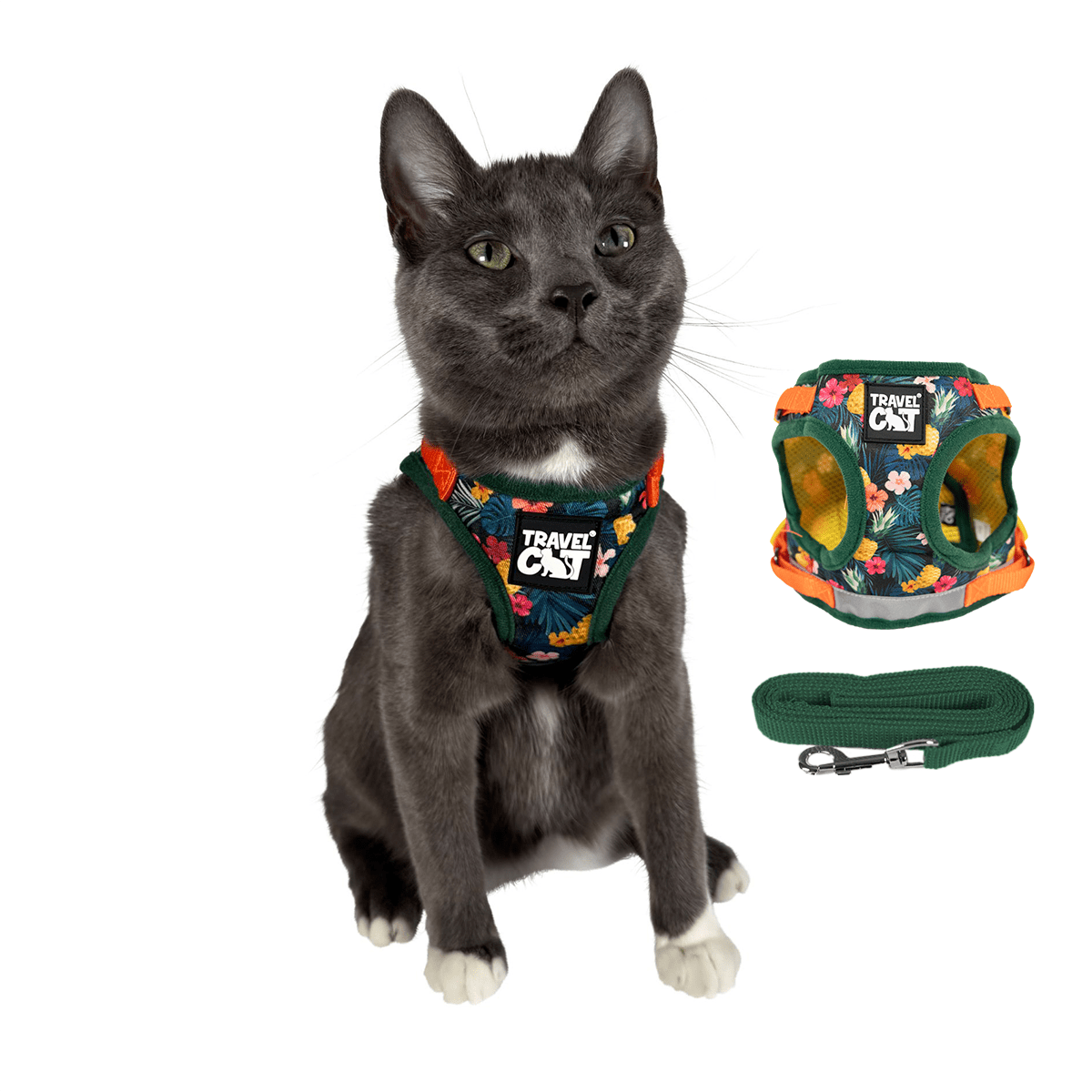
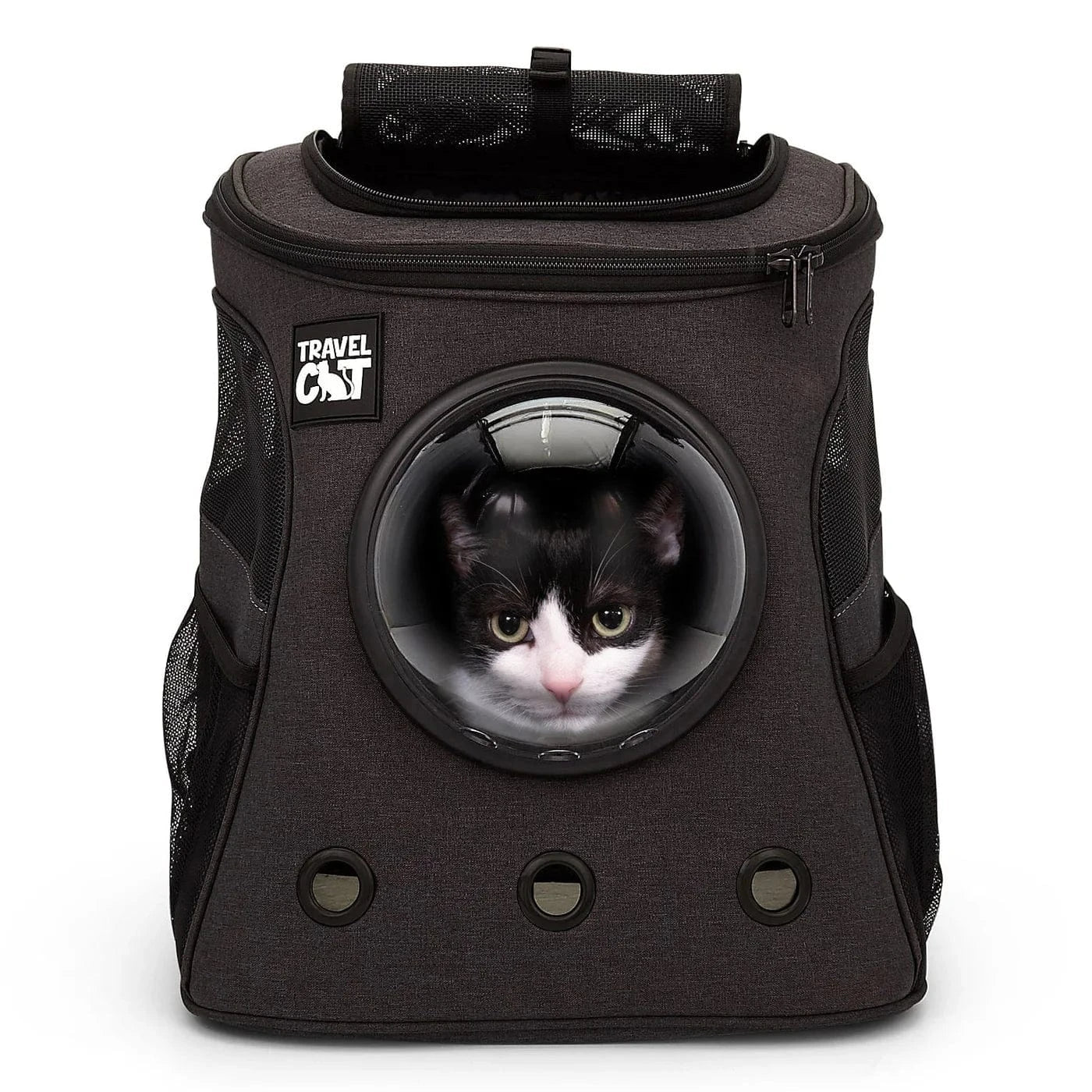
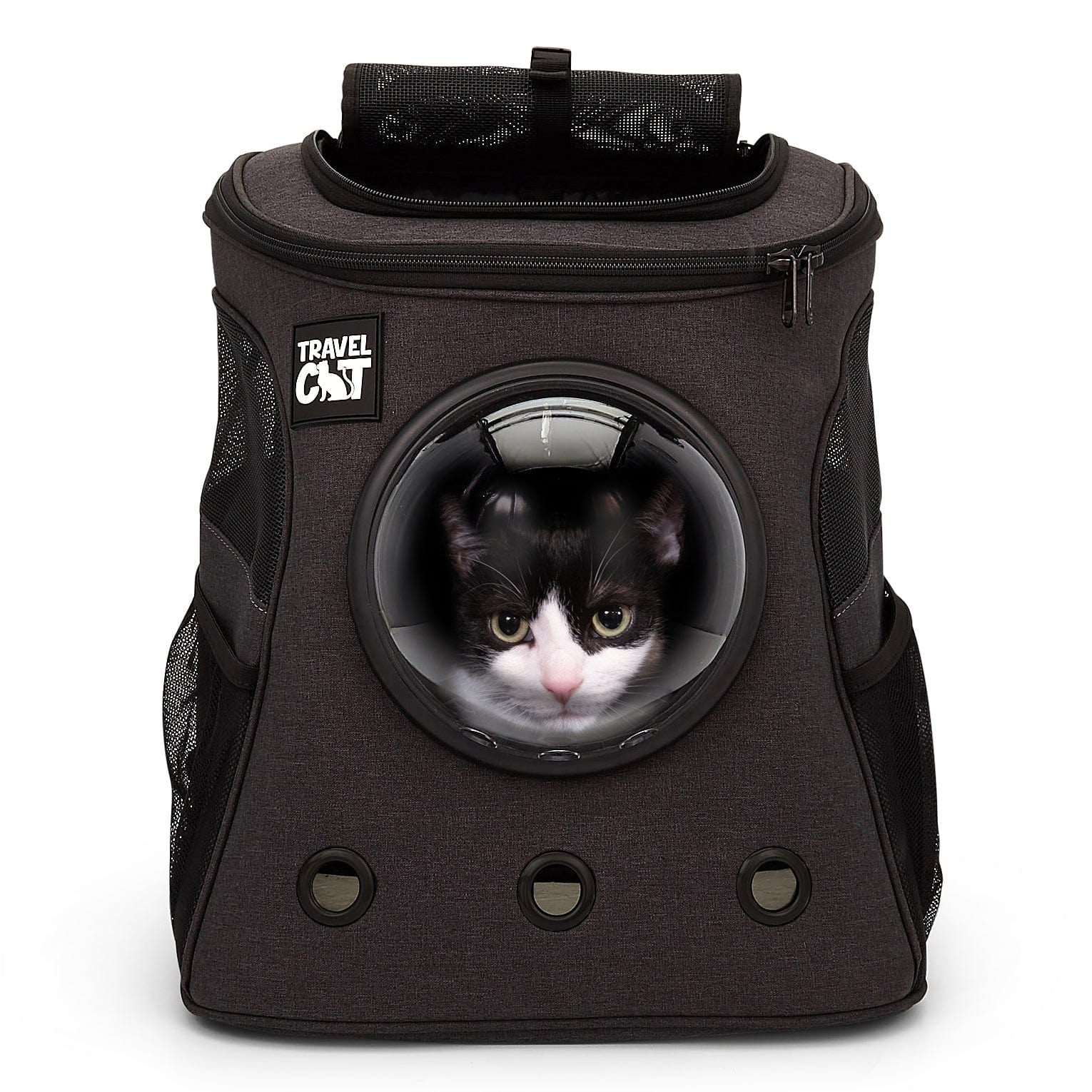
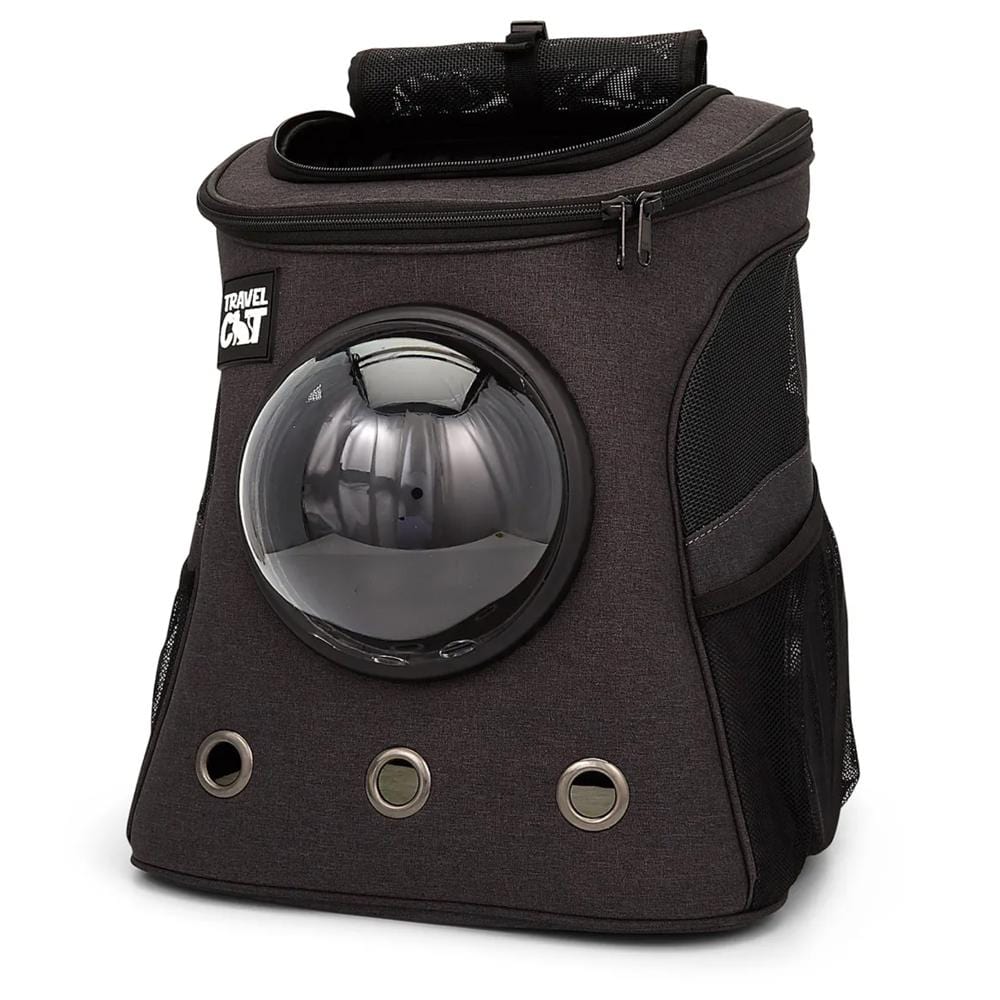
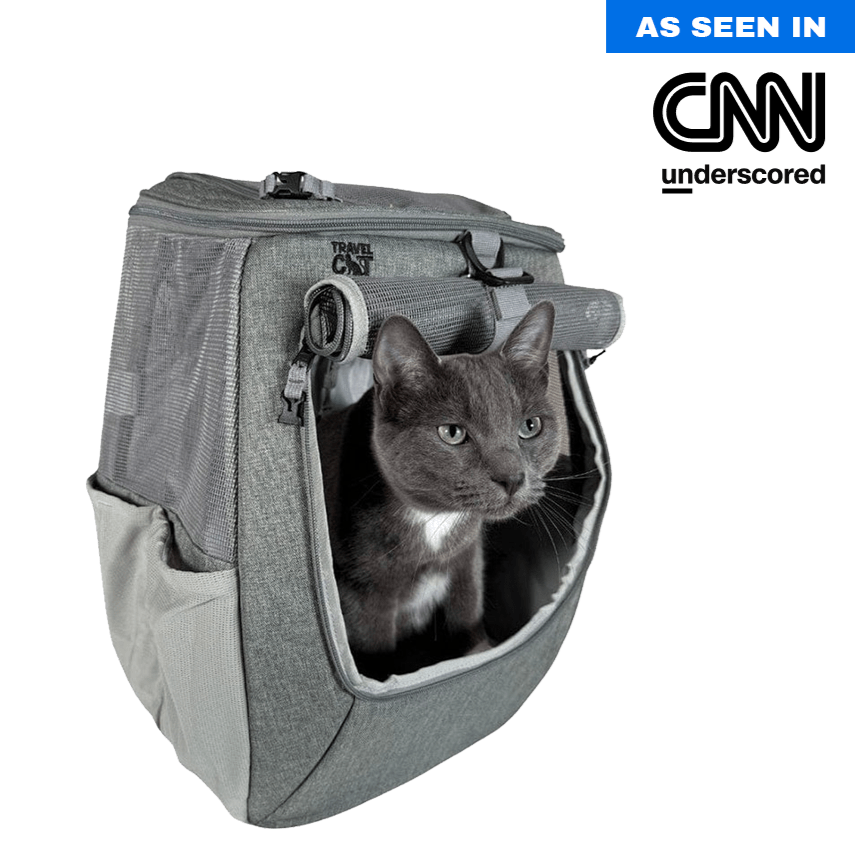
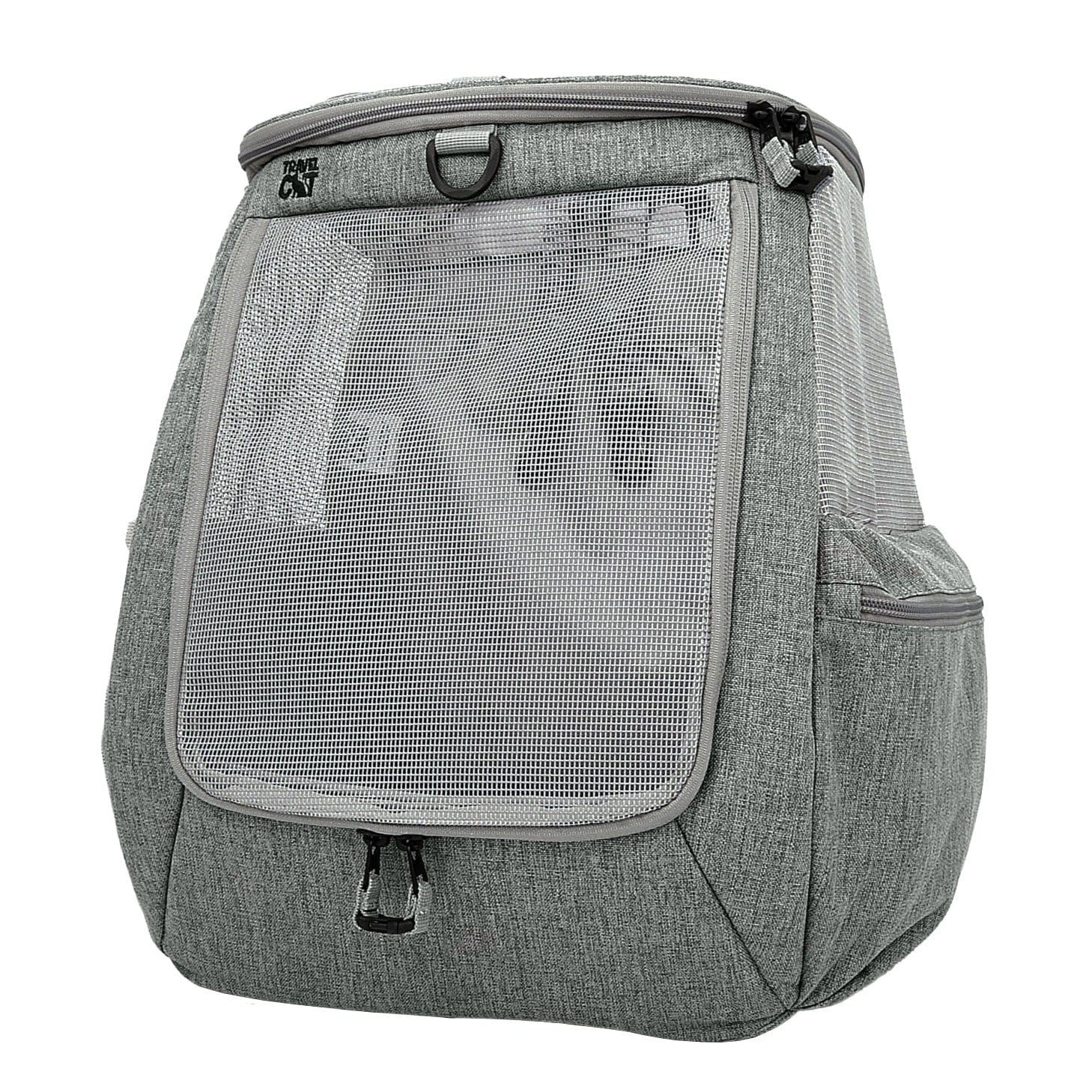
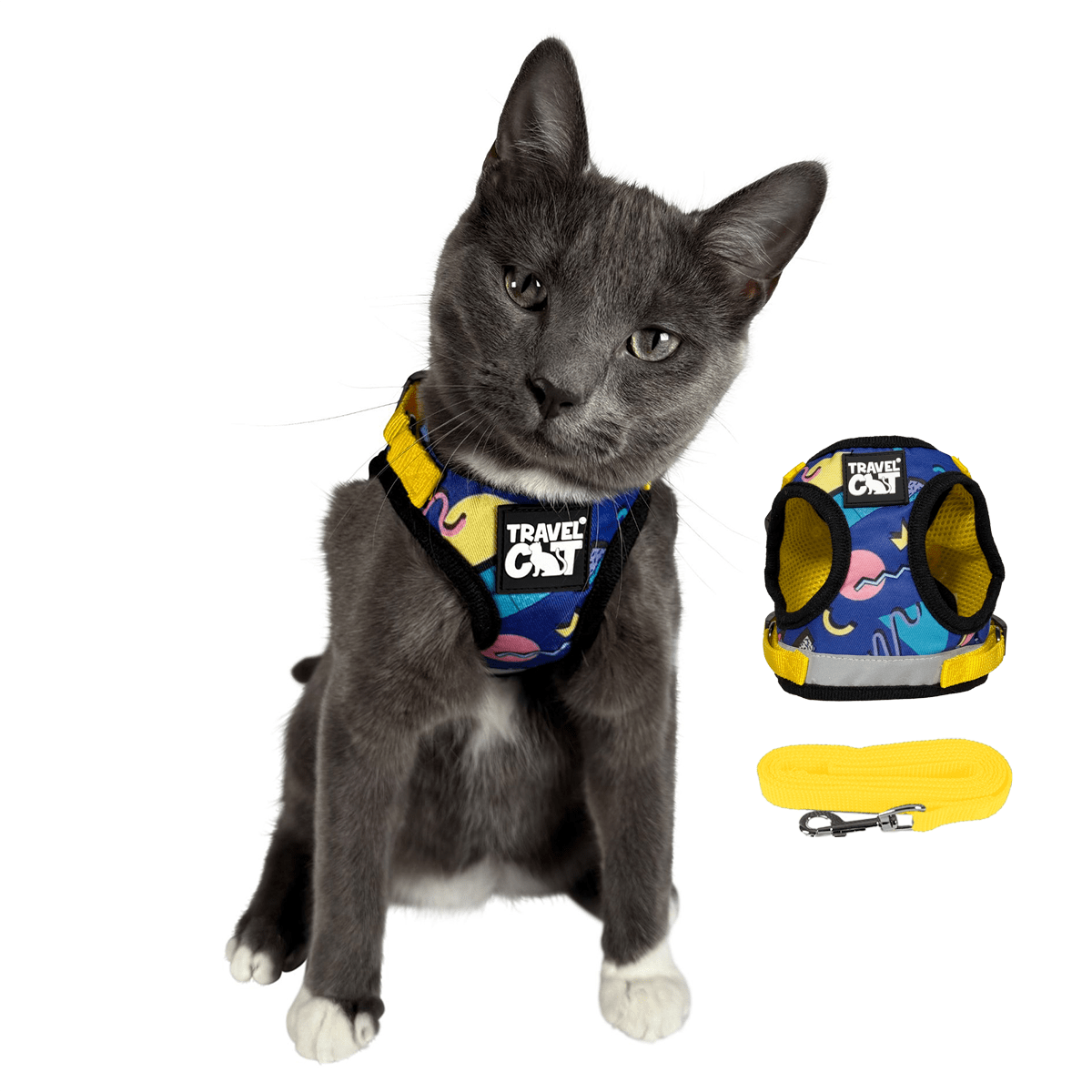

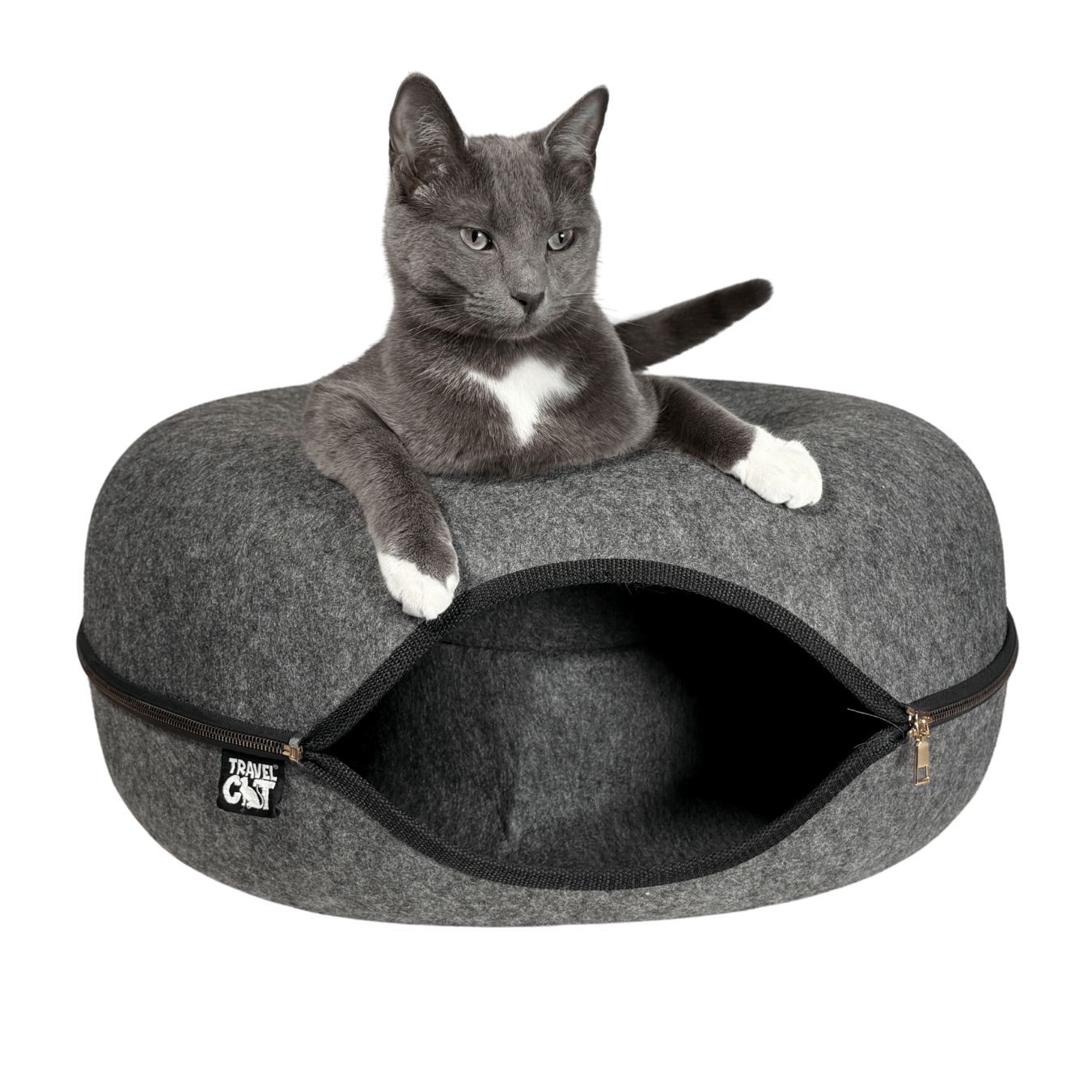
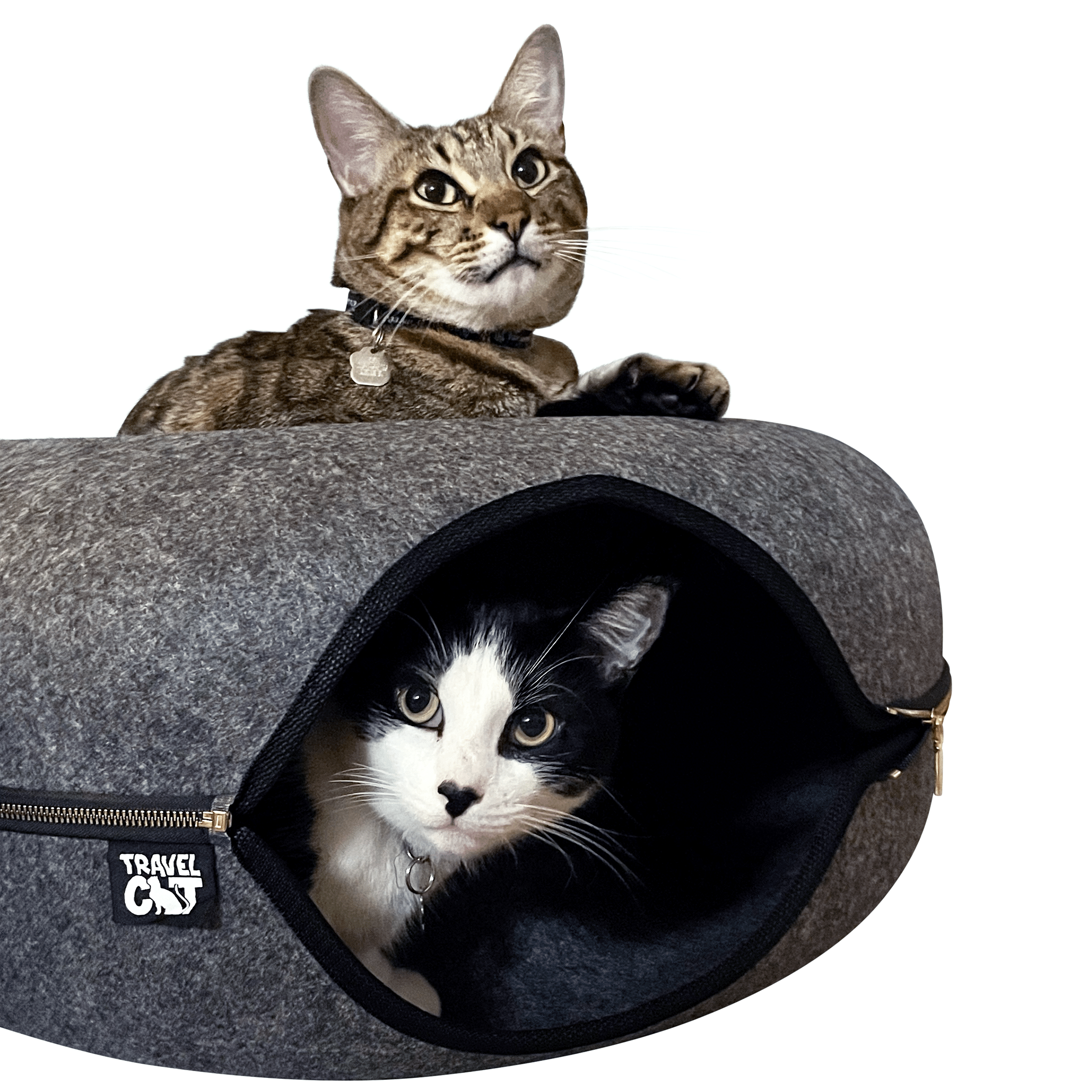

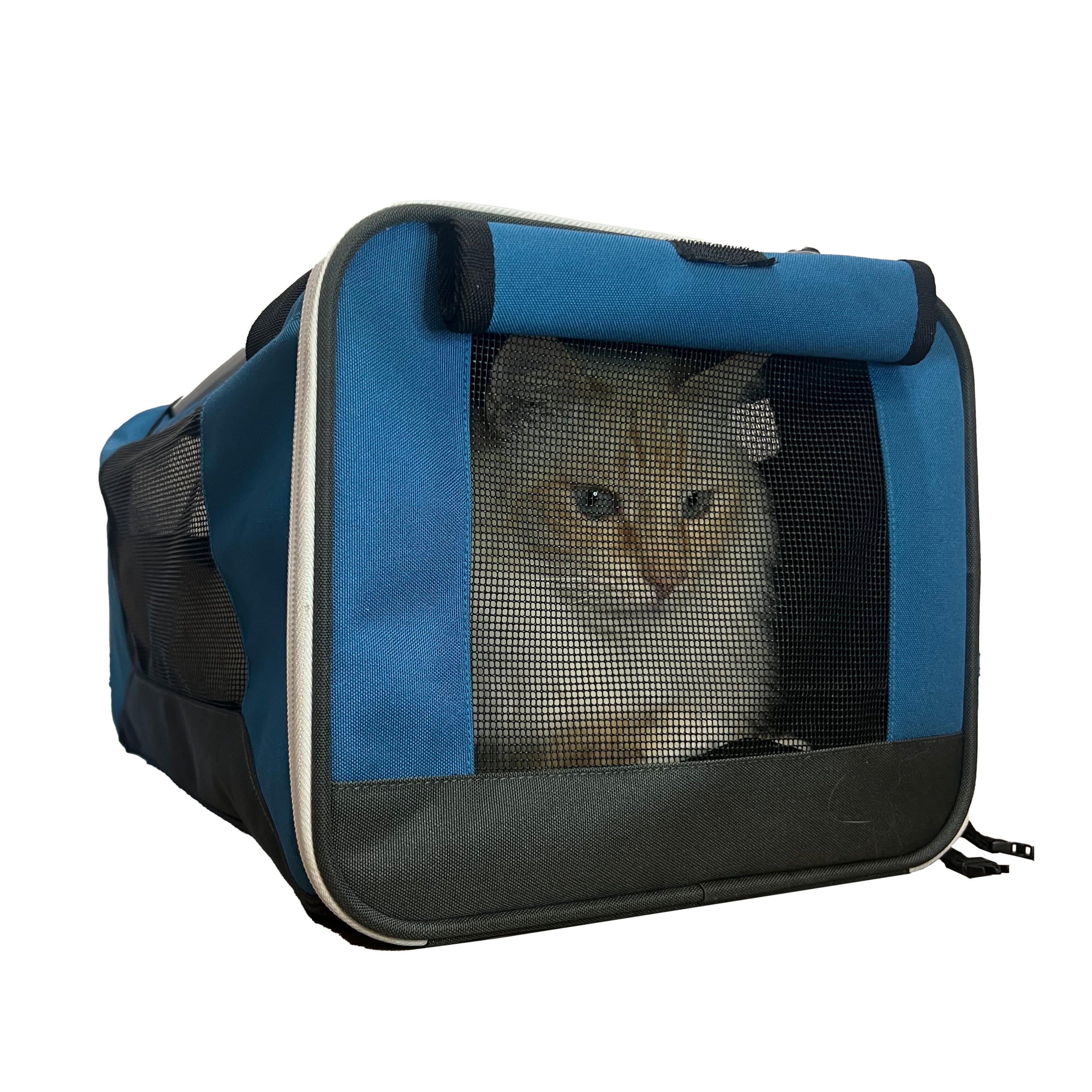

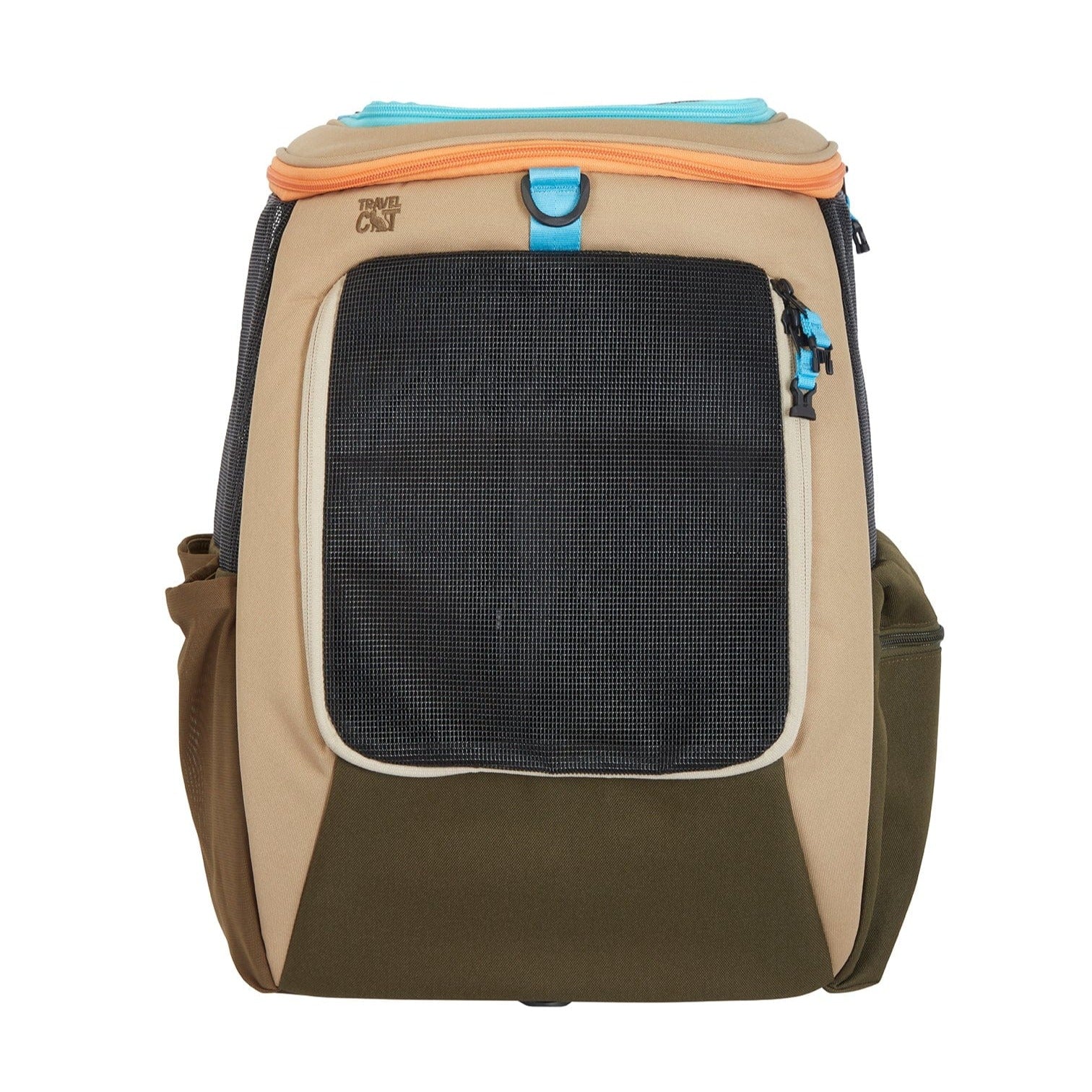

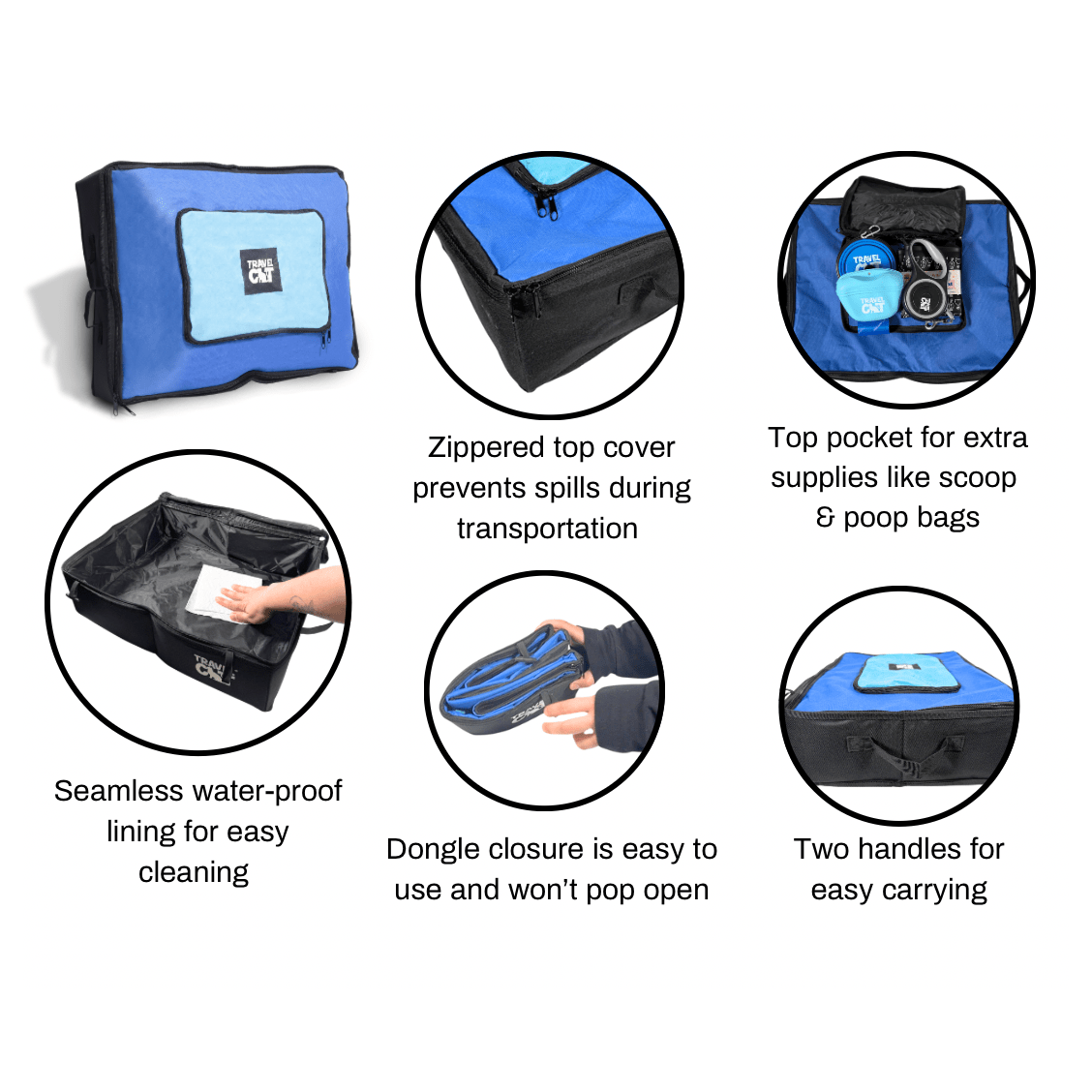
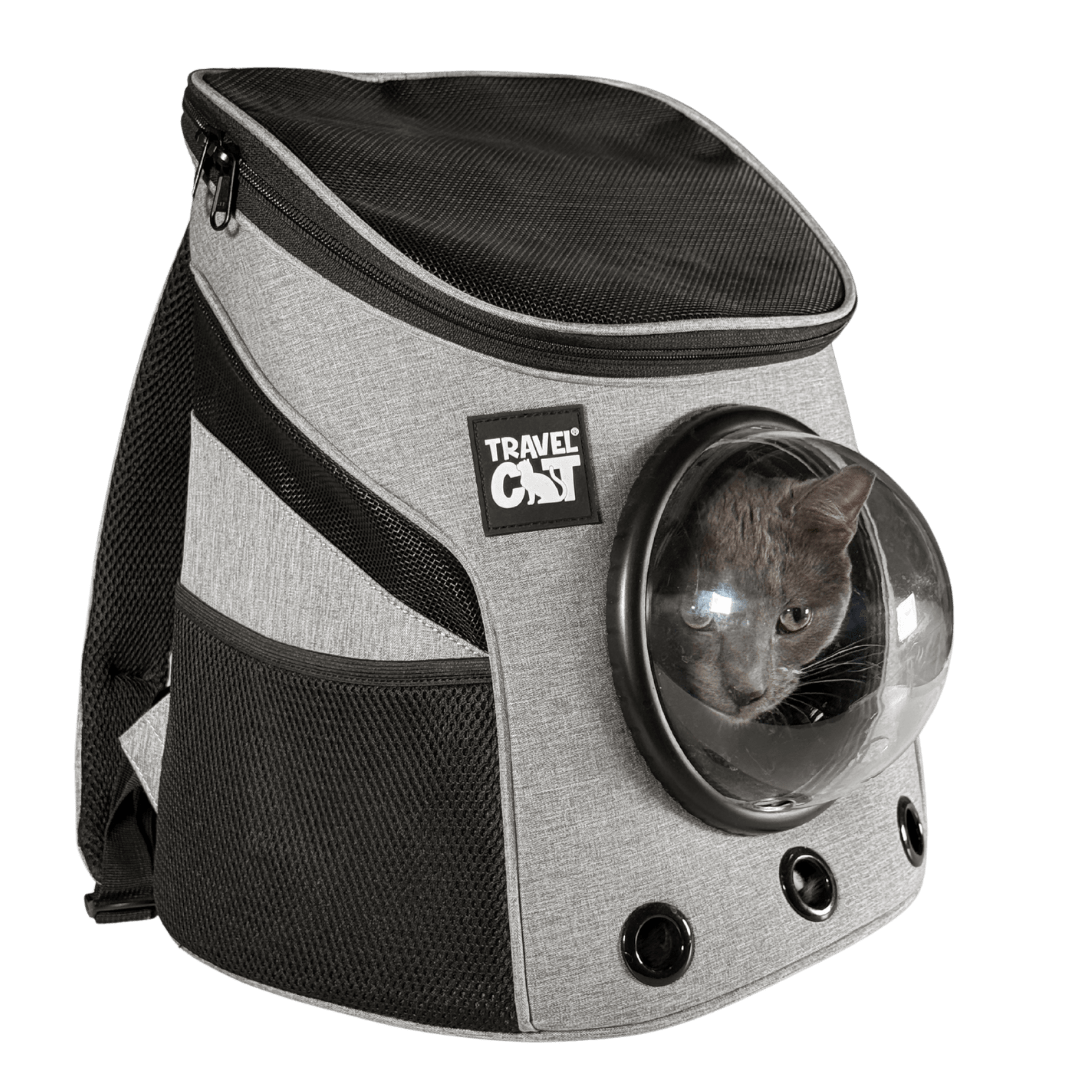
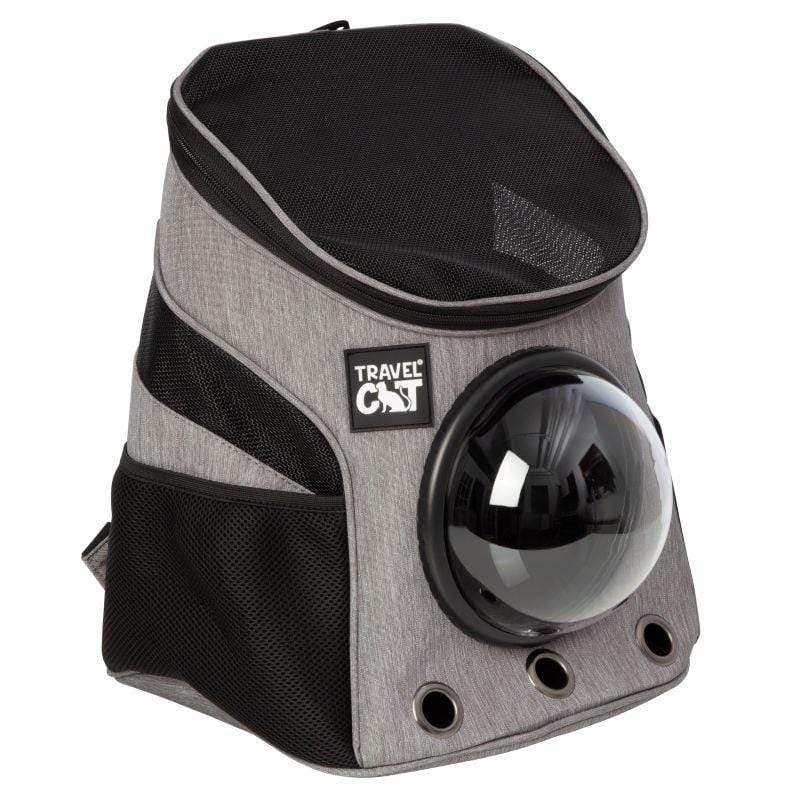
Leave a comment
This site is protected by hCaptcha and the hCaptcha Privacy Policy and Terms of Service apply.